Top 10 National Parks Known for Bear Sightings
National parks are some of the best places to observe bears in their natural habitats, attracting wildlife enthusiasts and photographers alike. From the majestic grizzlies of Alaska to the playful black bears of the Appalachian Mountains, these parks offer unique opportunities to witness these incredible creatures up close. The top 10 national parks known for bear sightings provide visitors with breathtaking landscapes and unforgettable experiences, ensuring a connection with nature that is both thrilling and educational.
Among the top parks for bear sightings is Denali National Park in Alaska, where grizzly bears roam freely across the expansive wilderness. Here, visitors can take guided tours or hike to better vantage points to observe these magnificent animals. Glacier National Park, also in Montana, is another prime location, known for its stunning scenery and healthy black bear population. Yellowstone National Park, with its diverse ecosystems, offers sightings of both grizzly and black bears, especially in the spring and early summer when food sources are abundant. Other notable parks include Great Smoky Mountains National Park, where black bears thrive, and Yosemite National Park, home to a significant population of black bears. Each of these parks not only provides opportunities for bear sightings but also emphasizes the importance of conservation and respecting wildlife, making them essential destinations for nature lovers.

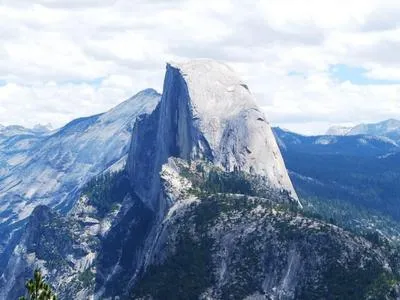 View All
View AllYosemite National Park - Yosemite: Stunning landscapes, vibrant fall colors, iconic granite cliffs.

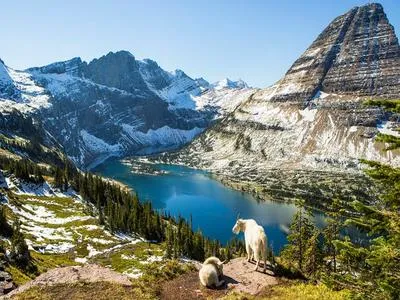 View All
View AllGlacier National Park - Stunning landscapes, diverse wildlife, family-friendly trails and activities.

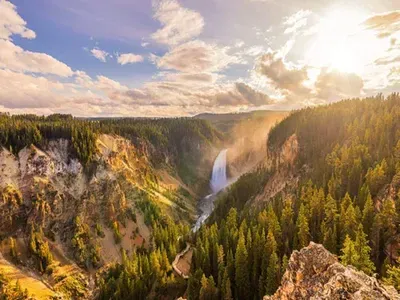 View All
View AllYellowstone National Park - Yellowstone: geothermal wonders, diverse wildlife, stunning landscapes, unique geology.

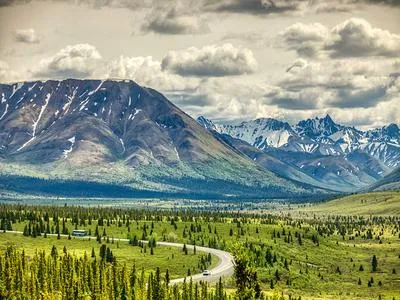 View All
View AllDenali National Park - Denali: Vast wilderness, diverse wildlife, premier bear viewing.

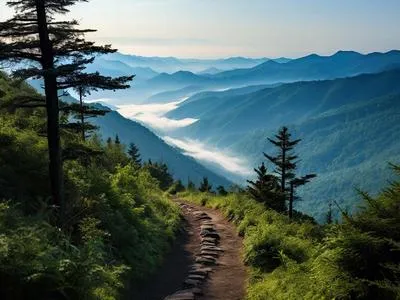 View All
View AllGreat Smoky Mountains National Park - Breathtaking scenery, diverse wildlife, rich history, and hiking trails.

 View All
View AllKatmai National Park - Home to famous bear-viewing at Brooks Falls.

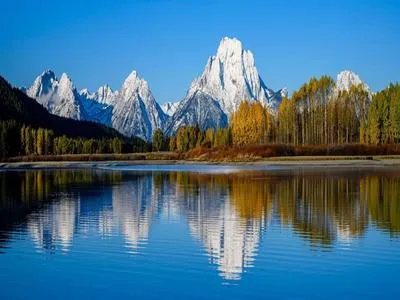 View All
View AllGrand Teton National Park - Stunning peaks, diverse wildlife, popular for bear sightings.

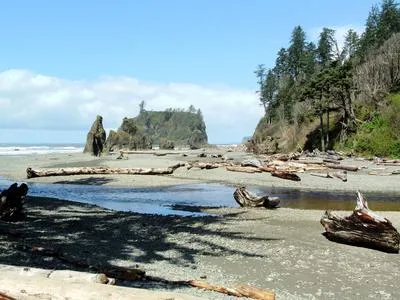 View All
View AllOlympic National Park - Diverse ecosystems, stunning landscapes, and scenic hiking trails.

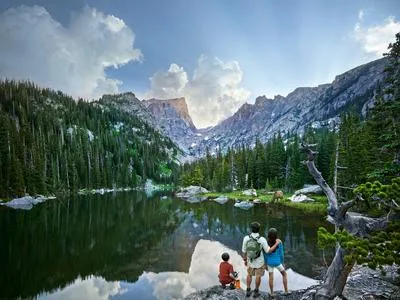 View All
View AllRocky Mountain National Park - Stunning landscapes, diverse wildlife, frequent bear sightings, hiking trails.

 View All
View AllWrangell-St. Elias National Park - Alaska's vast wilderness, abundant bears, stunning landscapes.
Top 10 National Parks Known for Bear Sightings
1.
Yosemite National Park
Pros
Stunning granite cliffs
Diverse ecosystems
Abundant wildlife
Scenic hiking trails
Vibrant autumn colors
Cons
Crowded during peak season
limited parking options
unpredictable weather
potential for wildfires
high accommodation costs.
2.
Glacier National Park
Pros
Stunning landscapes
abundant wildlife
family-friendly hiking trails
educational ranger programs
diverse outdoor activities.
Cons
Limited cell service
challenging hiking trails for young kids
unpredictable weather
remote location
potential wildlife encounters.
3.
Yellowstone National Park
Pros
Stunning geological formations
Unique petrified wood specimens
Diverse wildlife habitats
Scenic hiking trails
Rich cultural history.
Cons
Limited cell service
crowded tourist areas
unpredictable weather
wildlife encounters can be dangerous
and high entrance fees.
4.
Denali National Park
Pros
Stunning mountain landscapes
diverse wildlife encounters
excellent hiking opportunities
remote and tranquil atmosphere
rich cultural history.
Cons
Limited accessibility
unpredictable weather
expensive lodging
crowded during peak season
wildlife encounters can be dangerous.
5.
Great Smoky Mountains National Park
Pros
Stunning biodiversity
breathtaking scenic views
rich cultural history
abundant recreational activities
free entry for all visitors.
Cons
Crowded during peak seasons
Limited cell service and connectivity
Weather can change rapidly
Wildlife encounters can be dangerous
Entrance fees apply for some areas.
6.
Katmai National Park
Pros
Stunning wilderness scenery
abundant wildlife encounters
premier brown bear viewing
diverse ecosystems
excellent hiking opportunities.
Cons
Limited accessibility
high cost of travel
unpredictable weather
remote location
potential for bear encounters.
7.
Grand Teton National Park
Pros
Stunning mountain vistas
diverse wildlife
abundant hiking trails
excellent photography opportunities
rich cultural history.
Cons
Limited cell service
crowded during peak seasons
unpredictable weather
challenging hiking trails
potential safety hazards with wildlife.
8.
Olympic National Park
Pros
Stunning diverse ecosystems
breathtaking coastal views
abundant wildlife
numerous well-maintained trails
vibrant wildflower displays.
Cons
Limited cell service
unpredictable weather
crowded trails in peak season
difficult access to remote areas
potential wildlife encounters.
9.
Rocky Mountain National Park
Pros
Stunning mountain scenery
diverse wildlife
extensive hiking trails
excellent camping facilities
educational visitor centers.
Cons
Crowds during peak season
Limited accessibility in winter
High altitude can cause altitude sickness
Wildlife encounters can be dangerous
Limited amenities in remote areas.
10.
Wrangell-St. Elias National Park
Pros
Stunning wilderness landscapes
diverse wildlife encounters
abundant salmon streams
remote hiking trails
incredible photography opportunities.
Cons
Limited access
remote location
harsh weather conditions
few facilities
challenging terrain.
Similar Topic You Might Be Interested In
- Top 10 Ancient Ruins Hidden in the Jungle
- Top 10 Archaeological Sites Rediscovered in the Last Century
- Top 10 Roman Amphitheaters Outside Italy
- Top 10 Stone Circles Older Than Stonehenge
- Top 10 Historic Villages Preserved in Time
- Top 10 Viking Sites and Relics in Europe
- Top 10 Medieval Castles Built on Cliffs
- Top 10 Fortified Cities from Ancient Civilizations
- Top 10 Famous Battlefields to Visit
- Top 10 Best-Preserved Medieval Walled Towns